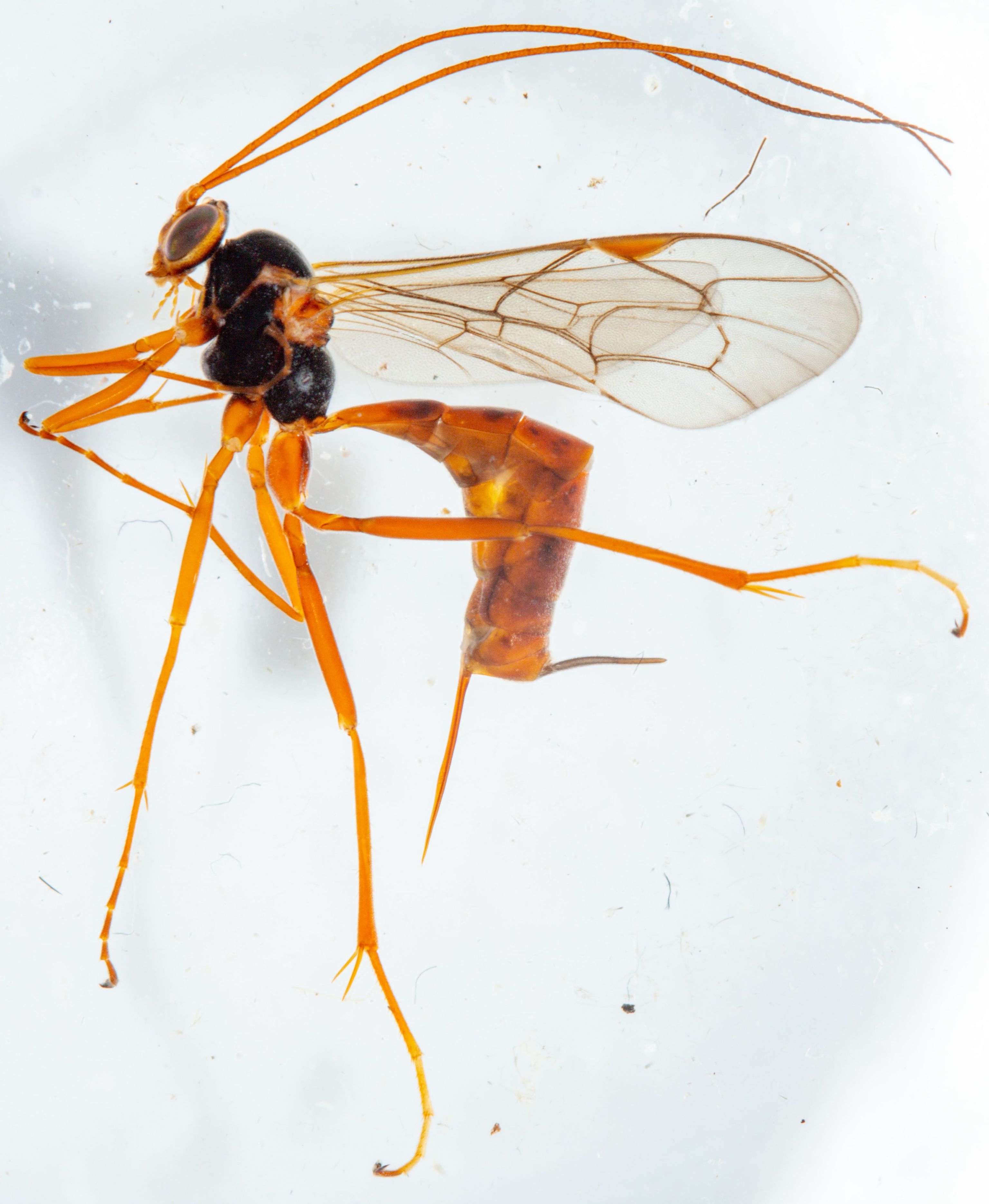Do seahorses live in the Wilderness?
It wasn’t just the two-legged visitors who enjoyed the first spring weekend of the year. Naturalist Jens Thorving Andersen was quick with his camera when one of the wild horse herds in Saksfjed Wilderness frolicked in the water at Lungholm Lake.
"What’s so fantastic about wild nature with large herbivores is that it allows us to witness the animals' natural behavior. Most people probably don’t associate horses with animals that enjoy bathing, but now that the temperatures allow it, we’ll see it more and more. They do it to care for their coats, cool down – and who knows, maybe just for fun," says Jens Thorving Andersen.
At present, 54 Exmoor horses roam Saksfjed Wilderness, playing a crucial ecological role as proxy animals for the megafauna of the past. The horses help keep the forest open by grazing on saplings and undergrowth, and as they rub against trees, they wear them down and leave behind fur for birds to use in their nests.
And when they bathe and frolic around, as seen in the video, they help maintain the natural hydrology and wear down the soil, creating sandy patches. This kind of landscape variation benefits heat-loving insects, among other species. So as the horses start their bathing season, conditions for many other species also improve.
That’s what’s so great. They don’t think about going out and creating landscape diversity for the benefit of other species. They’re just horses – doing horse things
Another behavior also catches the nature communicator’s attention:
"What the horses also demonstrate here is that they are social animals. They bathe together, nip at each other’s ears, play, roll in the grass, and gallop together. There’s a lot of social interaction happening – it’s like a classic family day at the beach," concludes Jens Thorving Andersen.
